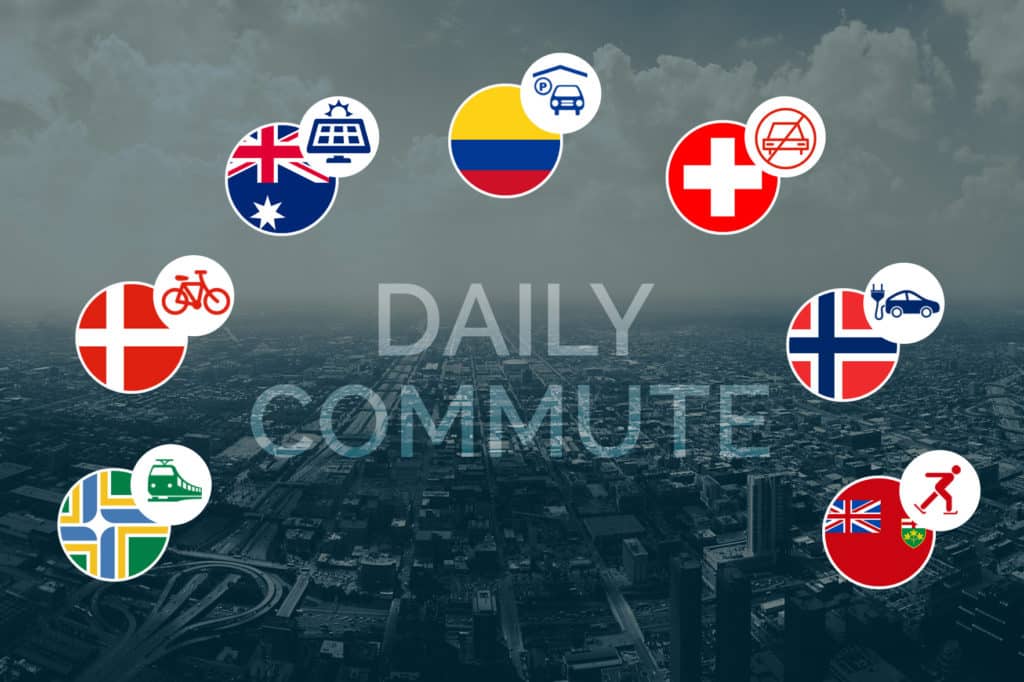
Emissions from fossil fuel account for 65 percent of the world’s greenhouse gases, according to EPA. That makes transportation by gas or diesel vehicles something we should minimize, combine or eliminate if we want to slow climate change. Cities around the world are promoting some successful programs that people can utilize for their work commutes and weekend errands without burning gasoline.
1. Portland, Oregon: Light Rail
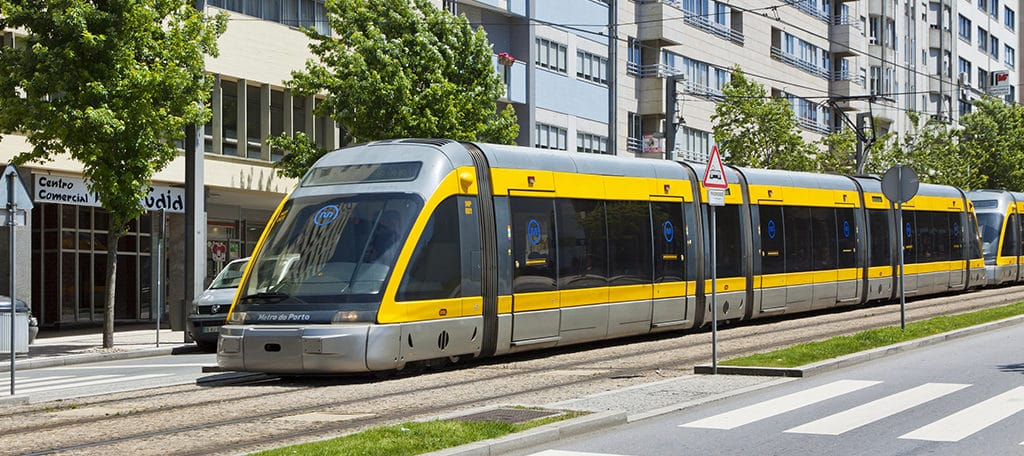
A combination of light rail transport, buses and approximately 250 miles of cycling paths encourages Portland residents and tourists to keep their carbon emissions to a minimum. The city unveiled MAX, its light rail system, in 1986. It features four lines that crisscross the downtown and extends to the Portland International Airport, the Oregon Convention Center and the nearby towns of Beaverton, Gresham, Hillsboro and Clackamas. The light rail is electric while the city’s buses run on a biodiesel fuel blend, reducing carbon emissions, sulfur dioxide and air pollution, according to TriMet.org. Through innovative green transportation, Portland has significantly reduced its carbon emission levels.
2. Copenhagen, Denmark: Cycling Culture
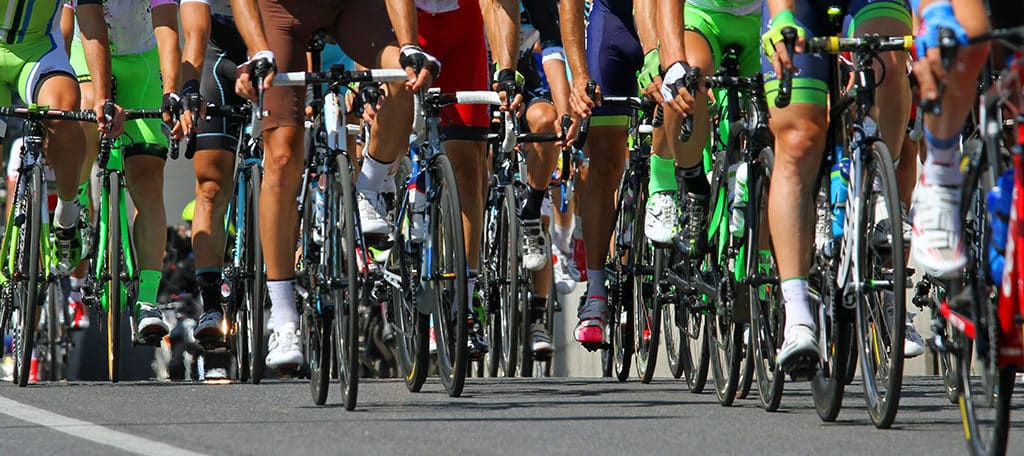
Copenhagen has invested in cycling over the years and is among the most bicycle-friendly cities worldwide. Officially designated the world’s premier Bike City, it boasts nearly 400km of cycling lanes. From kindergarteners with backpacks to executives in business suits, residents on bikes navigate the city streets on a daily basis, according to the official website of Denmark.
With a long history revolving around the city’s bicycle culture, Copenhagen entrepreneurs have perfected the commuter bicycle with such sustainable accessories as electromagnetic induction lighting powered by turning wheels. Copenhagen was also the first city to offer bike sharing on a large scale, based on a model program in Amsterdam, Holland. Copenhagen even has a city bicycle policy with the goal of 50 percent of city commuters cycling to work by 2025.
3. Zermatt, Switzerland: Car Free
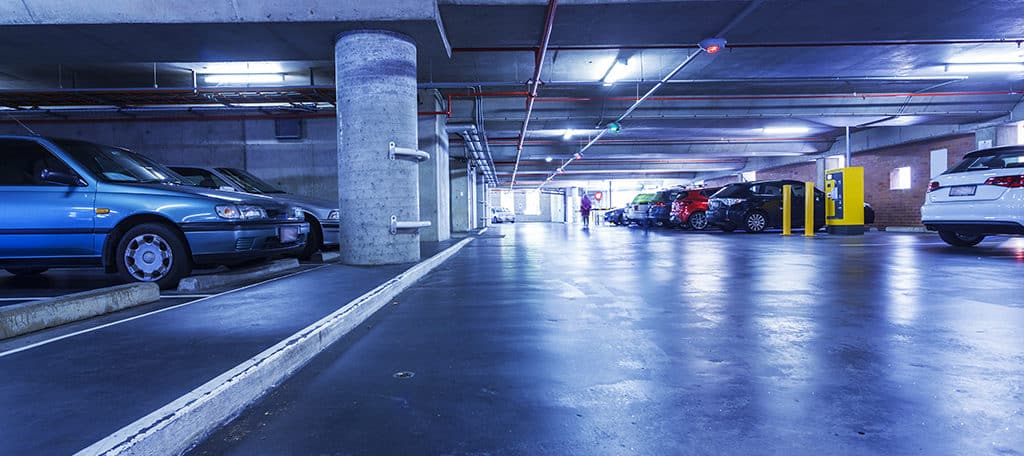
This ski village at the base of the Matterhorn is officially car-free. Travelers can shed their automobiles at a parking lot in the nearby town of Tasch and hop aboard the Glacier Express for the 5km trek to Zermatt. Trains also run directly from major airports. Within the village, most people walk from lodgings to restaurants and clubs. Electric buses, bicycles and horse-drawn carriage rides are also available to green travelers. Gondolas transport skiers and sightseers from the town to the top of the Matterhorn. By minimizing carbon emissions, the town preserves the clarity of the rarified Alps atmosphere. In fact, the Swiss Cycling Club voted Zermatt the most sustainable winter destination in the country.
4. Adelaide, Australia: Solar Buses
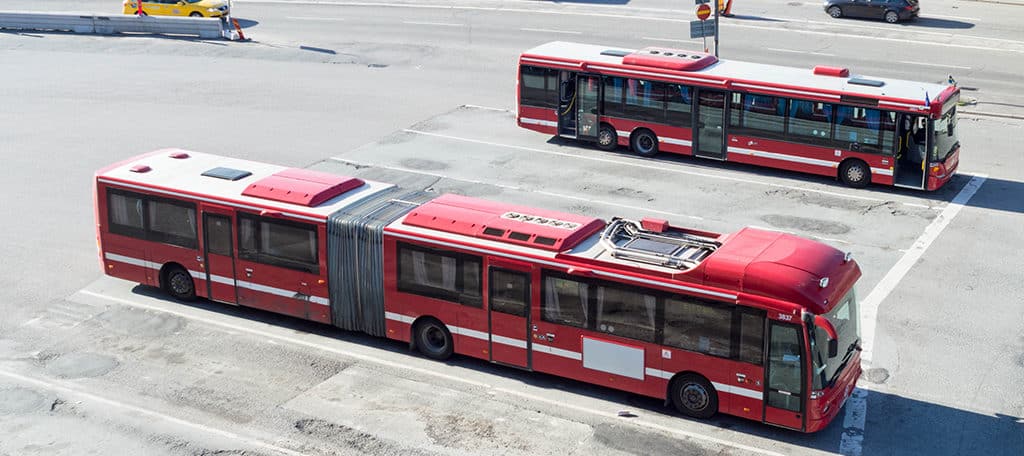
Home of the first solar-powered public transportation fleet in the world, Adelaide, Australia is a green transportation leader. Its Tindo bus system runs entirely on solar energy, and it is free to ride for everyone. The buses do not have solar panels; instead, collectors at the central station provide enough energy for the zero-emissions vehicles to travel 200km between charges. The solar buses save more than 70,000kg of carbon emissions and 14,000 liters of diesel annually. Not only is Adelaide among Australia’s greenest cities, but it is on track to become the world’s first carbon-neutral city.
5. Vancouver, British Columbia: People Power
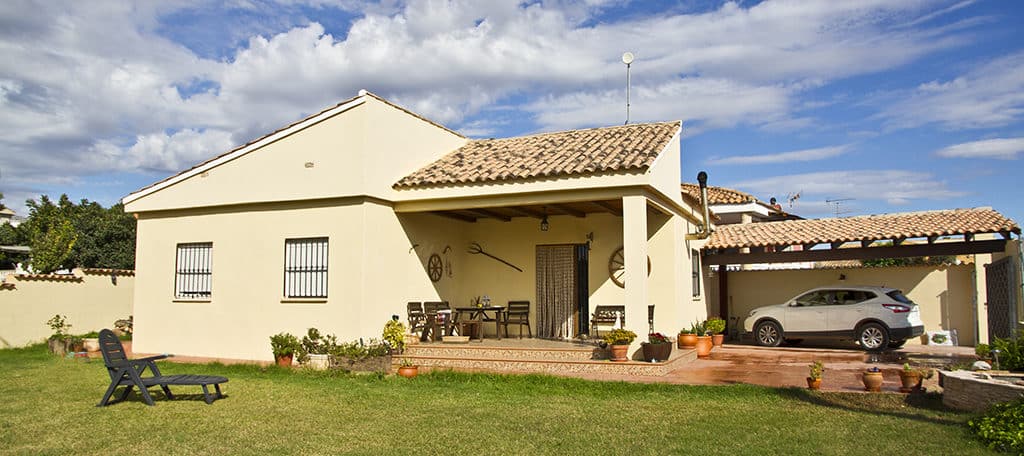
This Canadian city is also aiming to achieve carbon-neutral status in the future. In terms of reducing emissions, its strategy is two-pronged. First, improved, extended and protected bike routes throughout the town make it safer and more inviting to cycle instead of drive. Secondly, by improving and multiplying public walking routes, the city encourages residents and visitors to leave their cars at home.
Vancouver’s cycling population enjoys more bike parking equipped with public tire pumps as well as more bike-friendly events. The 2016 launch of a citywide bike-sharing system presents more options to visitors and tourists. The fee-based program makes bicycles available for short-term use.
The city has also improved walking routes throughout town, making them more accessible and safer for pedestrians of all ages. Walking maps are posted at map stands throughout the network. Street performances plus the creation of pedestrian plazas and parklets where parking lots once stood are designed to encourage more walking.
6. Oslo, Norway: Fossil Free 2020
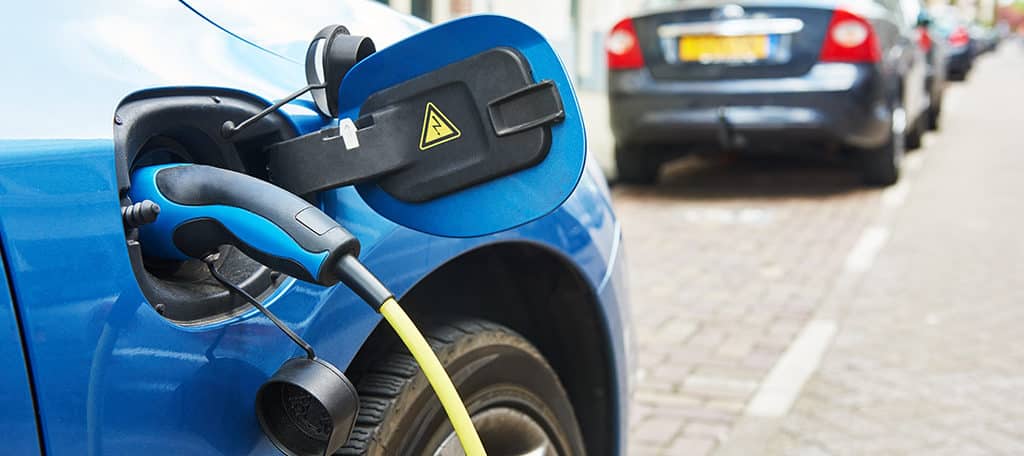
With a history of pioneering sustainable practices and the lowest carbon emissions of any city in Europe, Oslo is an international icon of green living. In terms of alternative transportation, the Norwegian city boasts the greatest number of electric autos worldwide. Its Ruter transportation system includes buses, trams, subways, ferries and trains. According to the city’s Fossil Free 2020 initiative, all public transport will use renewable energy sources in the future. Currently, city officials are evaluating and testing electric buses. Increasing the use of biogas to power other modes of transportation is also part of the Fossil Free plan. Biogas is the end product of fermenting organic matter.
7. Ottawa, Ontario: Ice Skate to Work

Rideau Canal Skateway is a truly green winter commuting option for residents of Ottawa. Depending on the weather, the skating route is typically iced over from January to early March. Officially known as the world’s largest skating rink, the Skateway stretches nearly 5 miles from the city center to Dows Lake. The Skateway is open 24 hours per day during the season, and commuters and recreational users alike can access services along the route for refreshments until 10 p.m. daily. Rest areas with heated changing rooms and washrooms serve daily commuters on their way to work while a dozen parking areas encourage motorists to leave their vehicles and don their skates.
Conclusion
Alternatives to the daily car commute do even more than reduce carbon emission and help slow climate change. Walking, cycling, skating and other human-powered transport provides daily exercise and promotes greater appreciation of all the sights a city has to offer. Cities going green and moving toward carbon-neutral status are enhancing their citizens’ quality of life while phasing in sustainable, earth-friendly practices.


It’s good to know that there are cities all over the world tat are making strides in alternative transportation. Everything from bikes to ice skates is actually pretty cool. Solar buses is one of those that really stood out to me, but the fact that Oslo is trying to be fossil fuel free is crazy. Thanks for sharing!